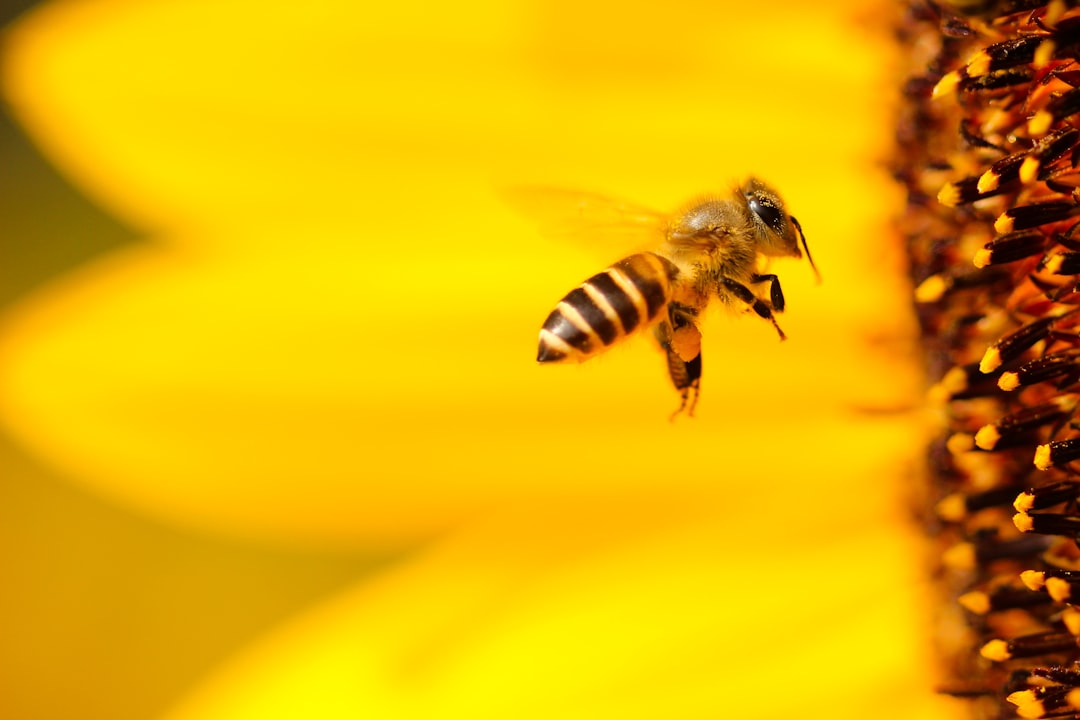What is it about?
Lectins participate in the immune mechanisms of crustaceans. They have been considered as humoral receptors for pathogen-associated molecular patterns; however, some reports suggest that lectins could regulate crustacean cellular functions. In the present study, CqL is a 290-kDa lectin in native form, constituted by 108, 80, and 29-kDa subunits. It is mainly composed of glycine, alanine, and a minor proportion of methionine and histidine. It showed no carbohydrates in its structure. CqL is composed of several isoforms, as determined by 2D-electrophoresis, and shows no homology with any crustacean protein as determined by Lc/Ms mass spectrometry. CqL agglutinated mainly rat and rabbit erythrocytes and showed a broad specificity for monosaccharides such as galactose, glucose, and sialic acid, as well as for glycoproteins, such as porcine stomach and bovine submaxillary mucin and fetuin. It is a Mn2þ- dependent lectin. CqL recognized 8% of crayfish granular hemocytes and increased 4.2-fold the pro- duction of hemocytes' superoxide anion in vitro assays when compared with non-treated hemocytes. This effect showed the same specificity for carbohydrates as hemagglutination; moreover, superoxide dismutase and diphenyleneiodonium chloride were effective inhibitors of CqL oxidative-activation
Featured Image
Why is it important?
We purified and characterized a serum lectin (CqL) from the hemolymph of Cherax quadricarinatus by affinity chromatography and determined its participation in the regulation of hemocytes' oxidative burst.
Perspectives
Our results suggest that CqL participates actively in the regulation of the generation of superoxide anions in hemocytes using NADPH-dependent mechanisms.
Dr Jose Luis Sanchez
Read the Original
This page is a summary of: Characterization of a lectin from the craysfish Cherax quadricarinatus hemolymph and its effect on hemocytes, Fish & Shellfish Immunology, August 2014, Elsevier,
DOI: 10.1016/j.fsi.2014.05.039.
You can read the full text:
Contributors
The following have contributed to this page










